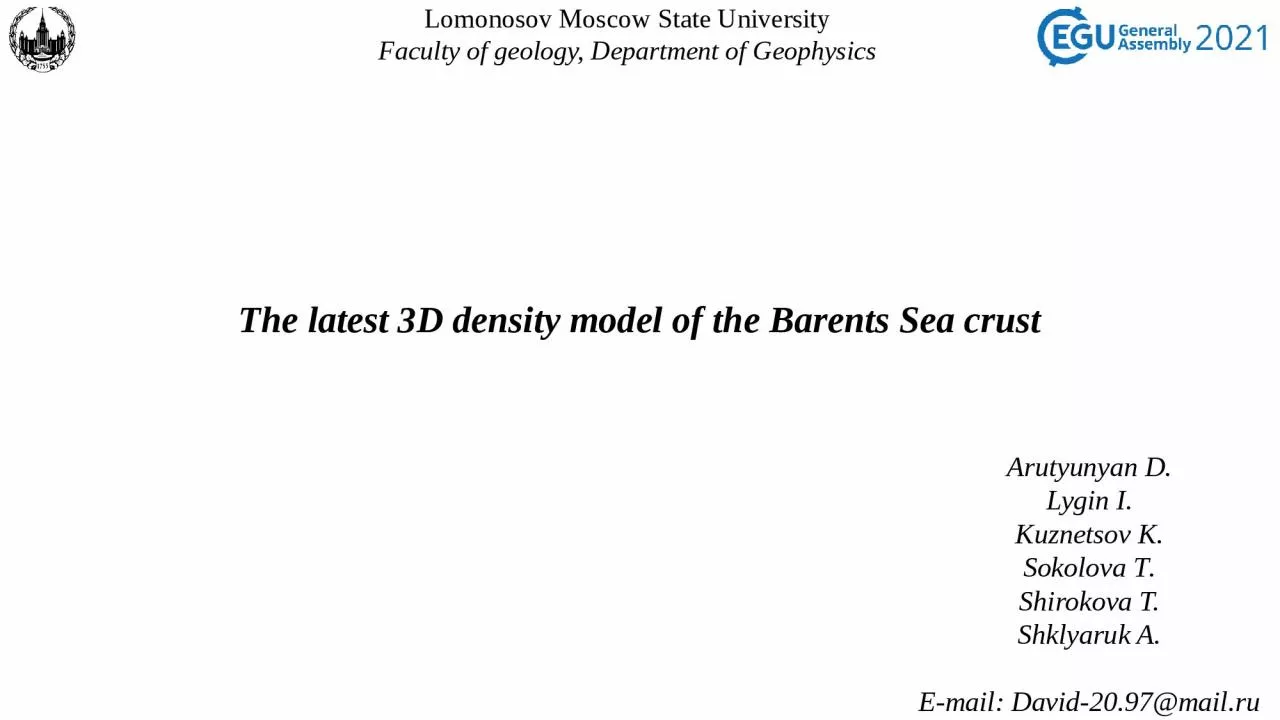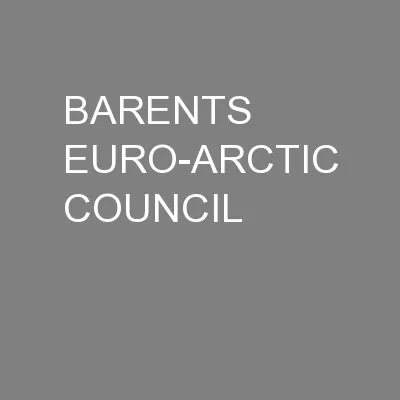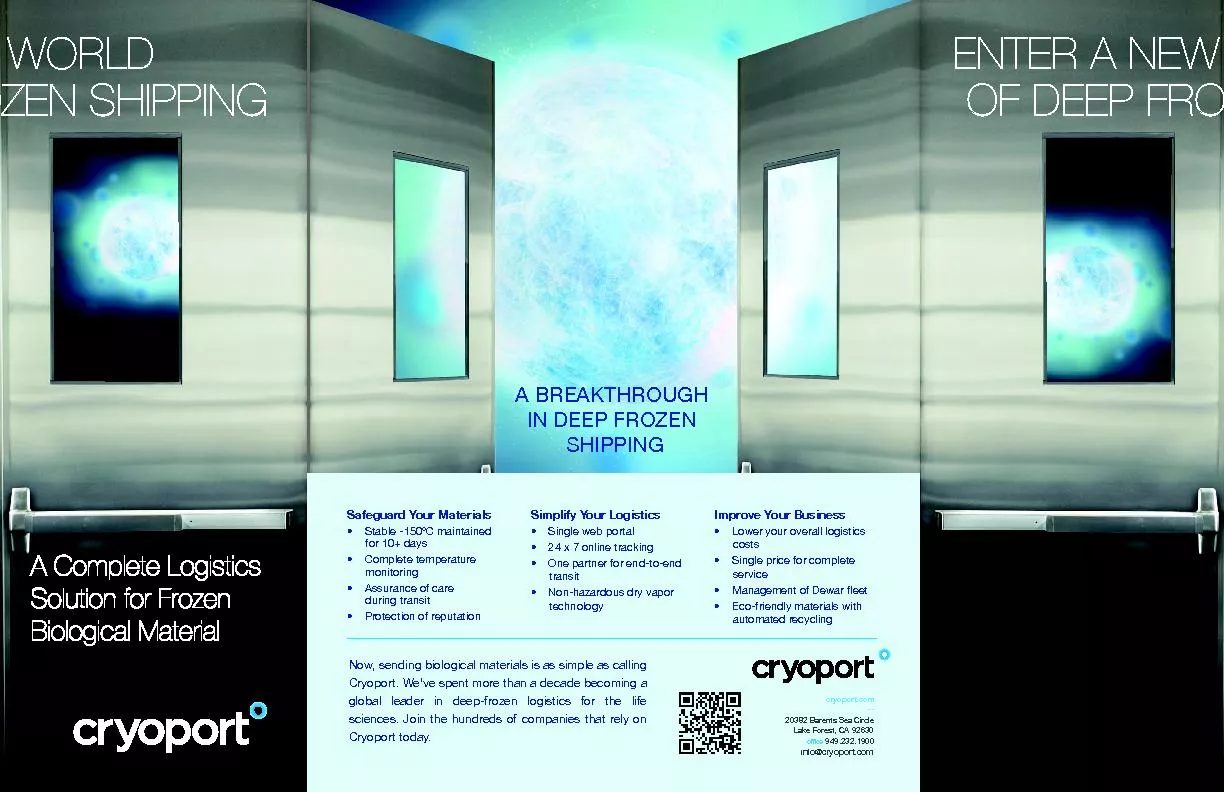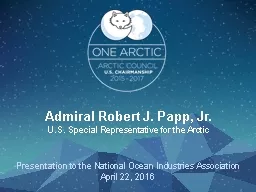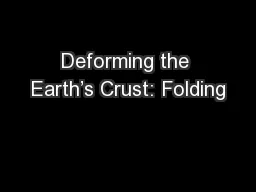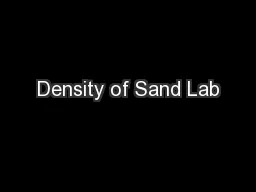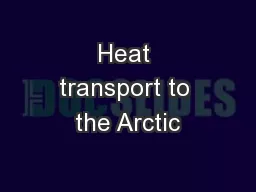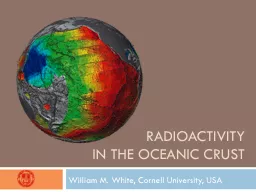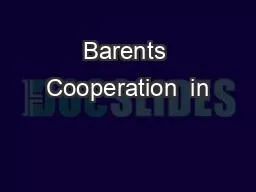PPT-The latest 3D density model of the Barents Sea crust
Author : jalin | Published Date : 2023-09-26
Lomonosov Moscow State University Faculty of geology Department of Geophysics Arutyunyan D Lygin I Kuznetsov K Sokolova T Shirokova T Shklyaruk A Email David2097mailru
Presentation Embed Code
Download Presentation
Download Presentation The PPT/PDF document "The latest 3D density model of the Baren..." is the property of its rightful owner. Permission is granted to download and print the materials on this website for personal, non-commercial use only, and to display it on your personal computer provided you do not modify the materials and that you retain all copyright notices contained in the materials. By downloading content from our website, you accept the terms of this agreement.
The latest 3D density model of the Barents Sea crust: Transcript
Download Rules Of Document
"The latest 3D density model of the Barents Sea crust"The content belongs to its owner. You may download and print it for personal use, without modification, and keep all copyright notices. By downloading, you agree to these terms.
Related Documents

